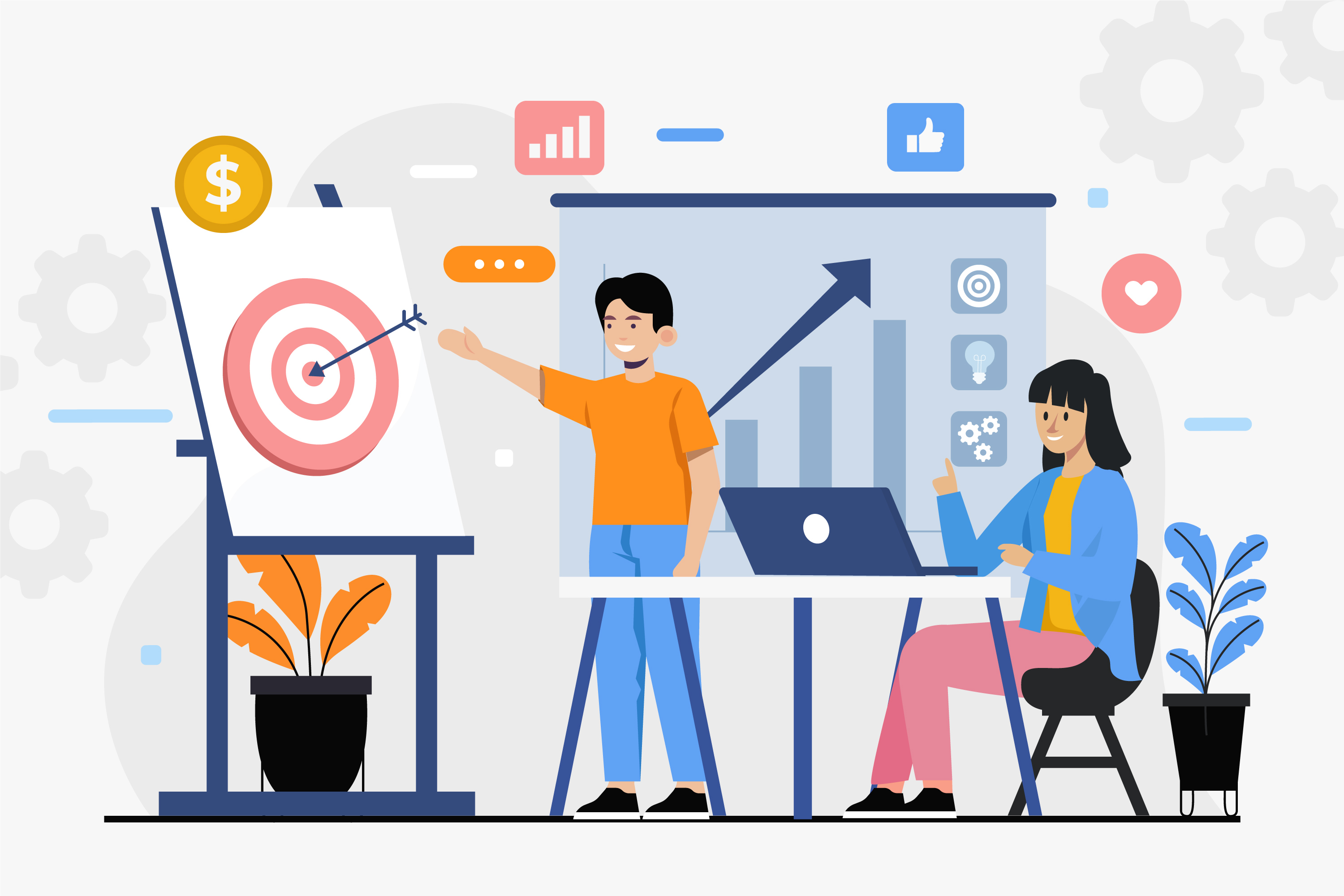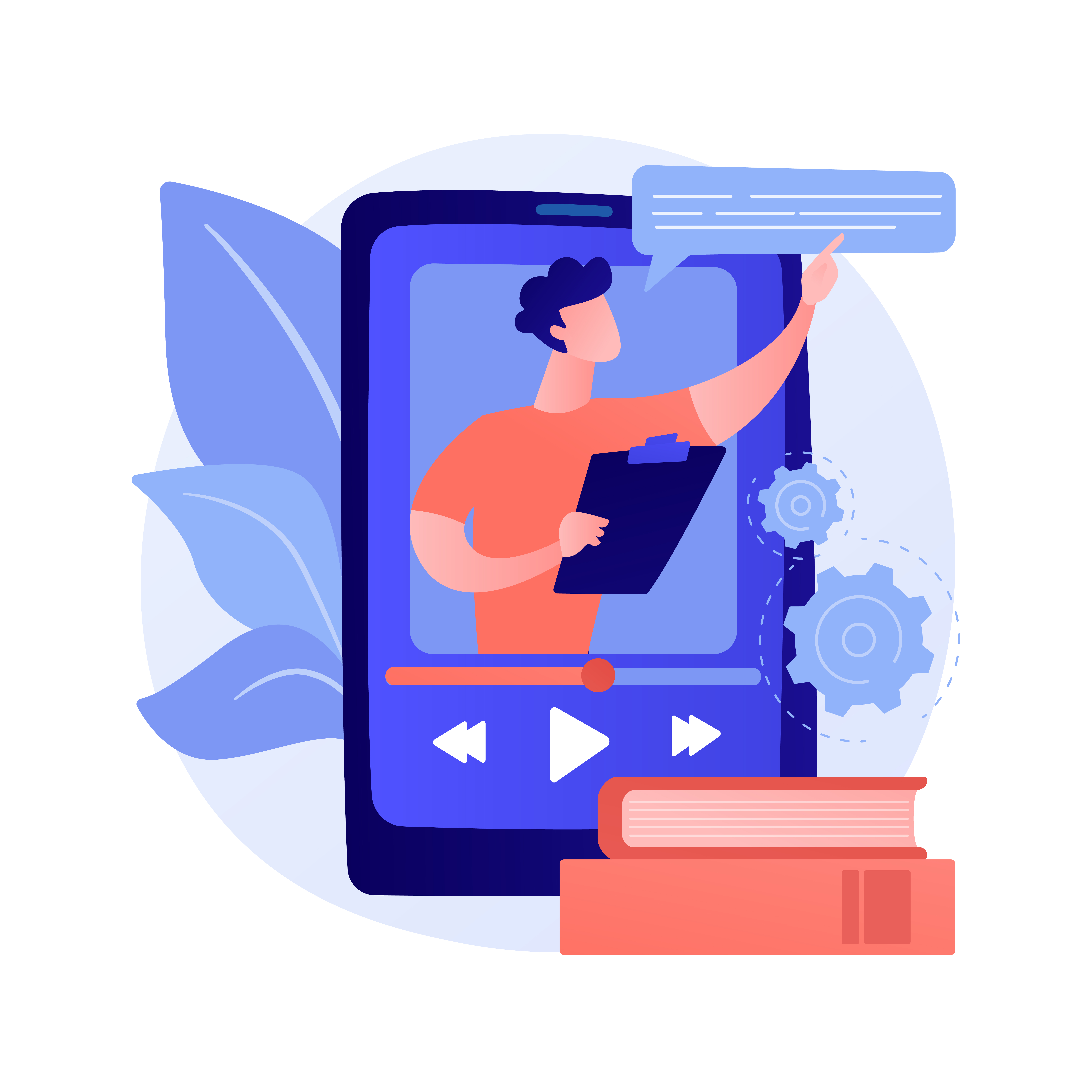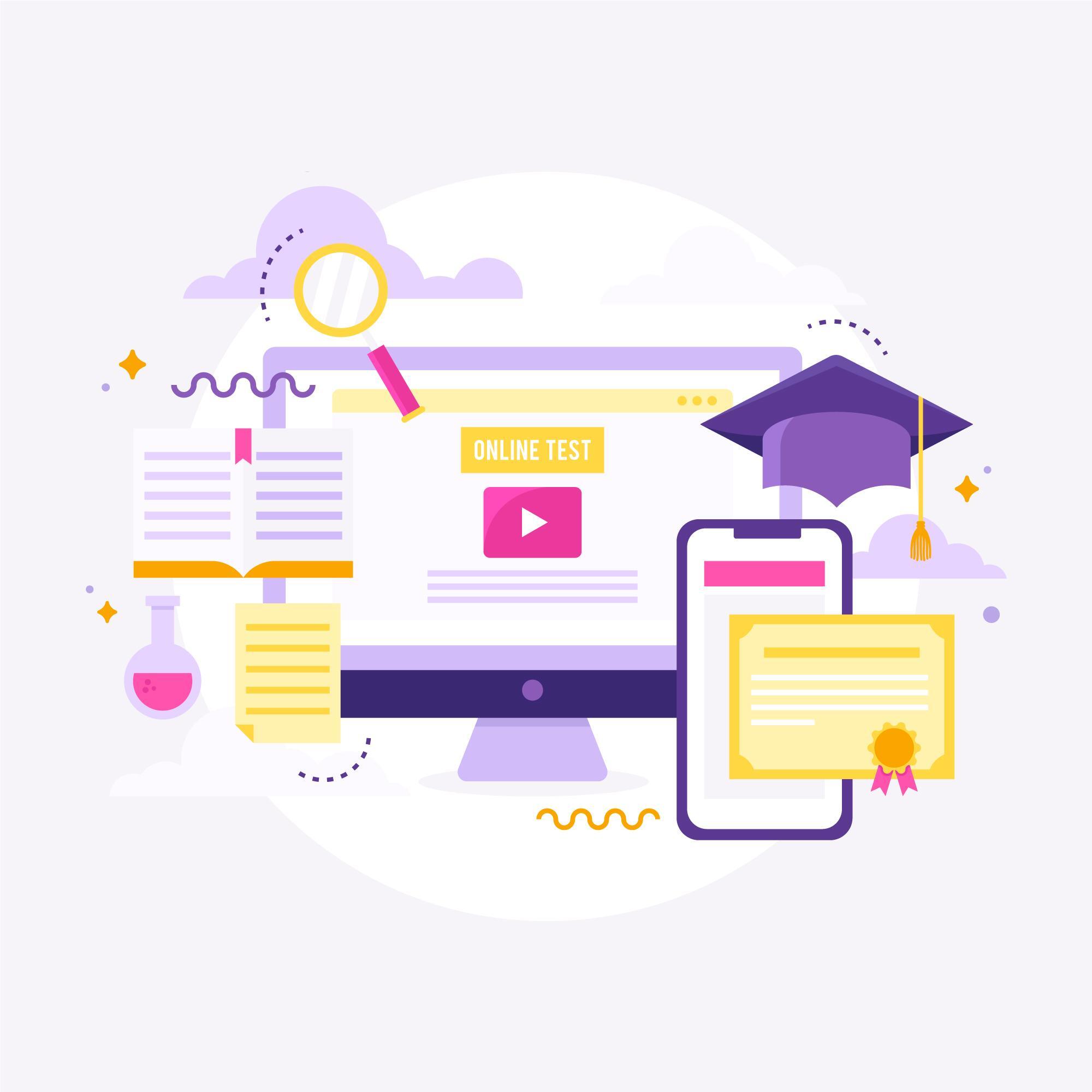In today’s competitive landscape, product training is essential to ensuring customer success and loyalty.
Traditional methods, however, can be time‑consuming and overwhelming for users. Enter microlearning platforms, which deliver concise, targeted training modules designed to simplify learning and improve product adoption.
This blog explores how microlearning training can revolutionize customer education, creating a more engaging and effective experience.
Why Microlearning is Perfect for Customer Training
Microlearning involves breaking down training content into bite‑sized modules that focus on specific topics or features.
This approach aligns with how modern customers learn quickly, on‑demand, and at their own pace. For more on why microlearning suits short attention spans, see our post “Customer Training in the Age of Short Attention Spans: Why Microlearning Works”.
Key Benefits of Microlearning for Customer Success:
- Faster Onboarding: Short modules accelerate the learning curve for new customers.
- Increased Engagement: Interactive and concise lessons keep users motivated.
- Higher Retention: Focused content helps customers remember and apply what they’ve learned.
- Flexibility: Customers can access training anytime, anywhere, on any device.
Based on solid cognitive science including spaced repetition and cognitive‑load reduction, learn more in “The Science Behind Bite‑Sized Learning”
How Microlearning Platforms Optimize Customer Training
1. Simplifying Product Onboarding
Onboarding is a critical phase in the customer journey. Microlearning platforms make onboarding more efficient by delivering targeted lessons that guide users through essential features.
Example: A SaaS company creates a series of 2‑minute videos to walk new customers through setting up their accounts, customizing dashboards, and using key tools.
Explore our guide : “How to Blend Microlearning and Traditional Methods for Comprehensive Customer Training” for tips on balancing bite‑sized lessons with in‑depth onboarding sessions.
2. Just‑in‑Time Learning for Real‑World Scenarios
Microlearning training provides on‑demand resources that customers can access whenever they encounter a challenge. This ensures that users can quickly find answers and solutions.
Scenario: A customer using a project management tool accesses a quick tutorial on creating Gantt charts right before starting a new project.
3. Driving Feature Adoption
Microlearning modules can highlight advanced features, encouraging customers to explore and utilize the full potential of a product.
Customer churn can be significantly reduced if customers engage early, see “How Customer Education Training with Microlearning Reduces Churn and Drives Product Adoption” for key metrics on adoption and retention.
4. Improving Customer Retention
Engaged and well‑trained customers are more likely to stay loyal. Microlearning platforms ensure that training remains relevant and engaging, enhancing overall satisfaction.
5. Offering Gamified Learning Experiences
Gamification elements like badges, quizzes, and leaderboards—motivate customers to complete modules and explore additional content.
Example: An e‑commerce platform uses gamified microlearning modules to teach sellers how to optimize product listings, rewarding them with badges for completing each stage.
Steps to Build a Microlearning Ecosystem for Customer Success
1. Assess Customer Needs
Identify common challenges and questions customers face when using your product.
2. Choose the Right Platform
Invest in a microlearning platform with mobile compatibility, gamification, and analytics capabilities.
3. Create Targeted Content
Develop concise, engaging modules that address specific product features or use cases.
4. Promote Training Resources
Use email campaigns, in‑app notifications, or customer success managers to encourage training participation.
Leverage analytics to track module completion, engagement, and satisfaction.
The Role of HR in Customer Training
While customer training primarily benefits end users, HR professionals can leverage these insights for internal training too. Training support, sales, and customer success teams via microlearning platforms can help create a seamless customer experience.
How HR Can Contribute:
- Train customer success teams using microlearning modules.
- Create cross‑functional content to ensure alignment across departments.
- Use analytics to pinpoint areas where teams need additional training.
Read more on : “10 Reasons HR Teams Prefer Microlearning Platforms for Workplace Training”
Conclusion: Microlearning for Lasting Customer Success
Microlearning platforms are transforming customer education by delivering training that is engaging, accessible, and effective. By adopting this approach, organizations can improve onboarding, drive feature adoption, and build stronger customer relationships.
.png)



